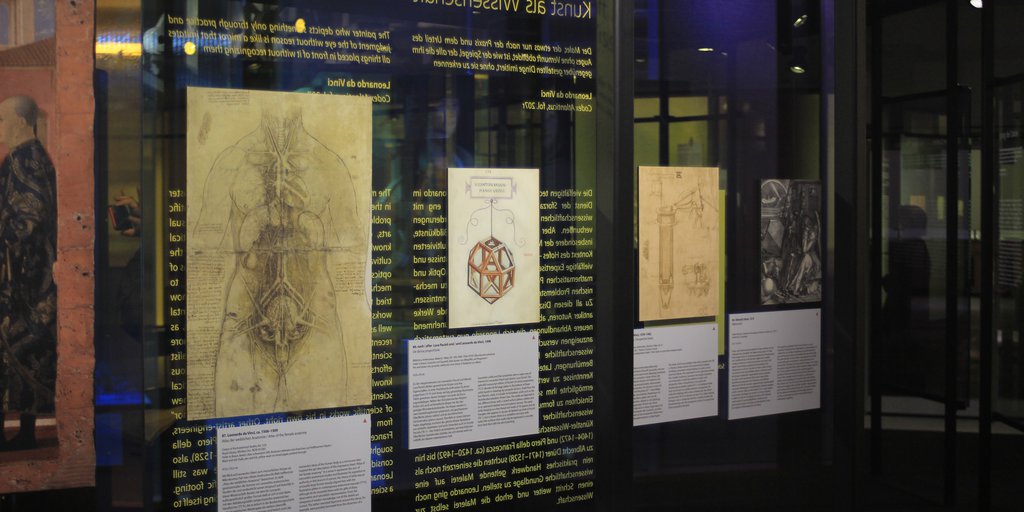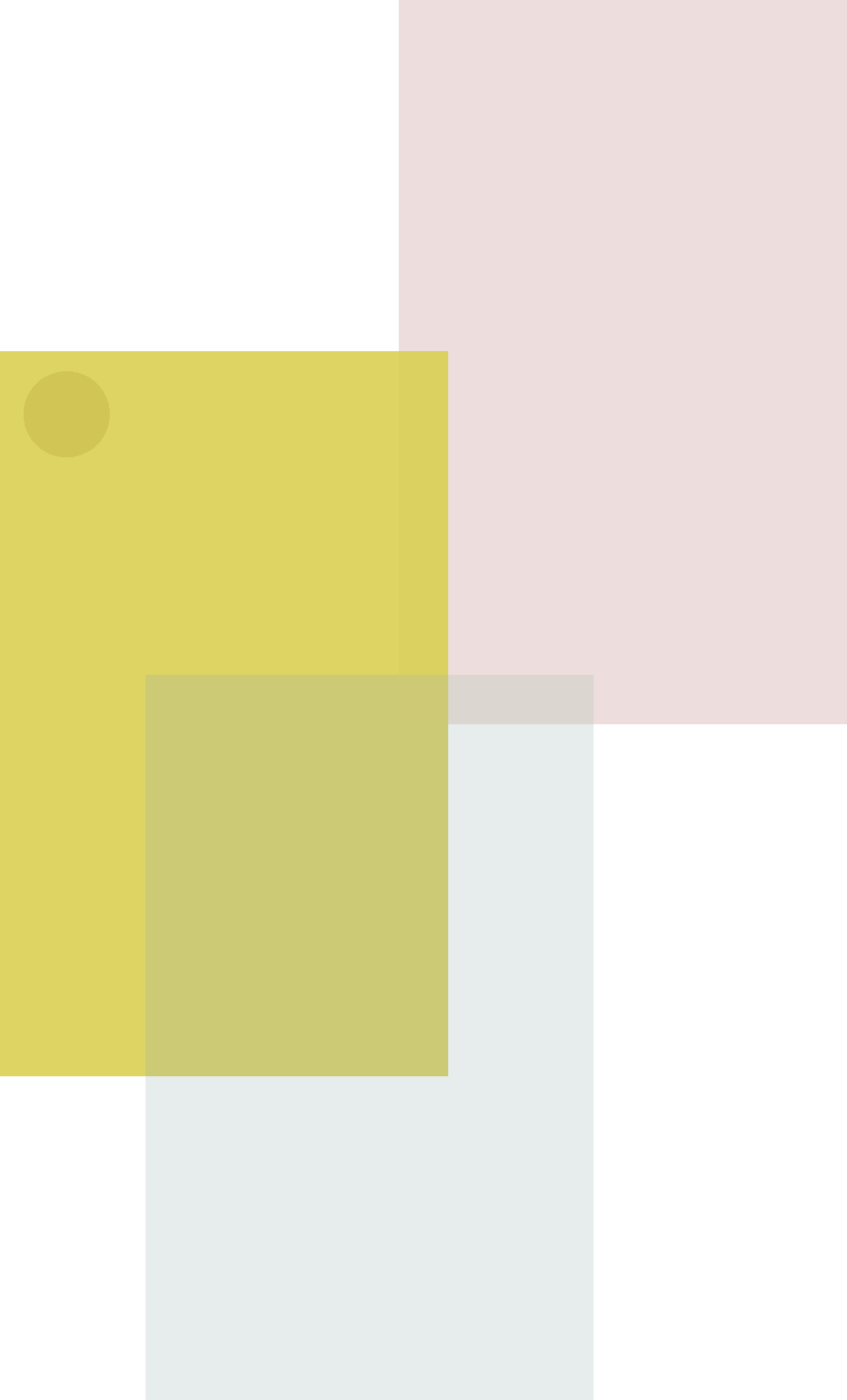
Science as Art, Art as Science <
The painter who depicts something only through practice and judgment of the eye without reason is like a mirror that imitates all things
placed in front of it without recognizing them
Leonardo da Vinci
Codex Atlanticus, fol. 207r. Translation: Elizabeth Hughes
The many and varied technical tasks Leonardo had to master in the service of the Sforzas were closely linked to scientific problems and challenges. But also the practice of the visual arts, especially painting, increasingly required theoretical knowledge and diverse expertise, particularly in the cultivated context of the court. This ranged from questions of optics and mathematical perspective construction to mechanical problems and medical knowledge. Leonardo now tried to learn systematically from the existing fundamental works by ancient authors related to all these disciplines, as well as from medieval sources and a growing number of more recent treatises. He expanded his library with specialist scientific literature and made concentrated and ambitious efforts to learn Latin and deepen his mathematical knowledge. This eventually enabled him to formulate new scientific insights of his own. He had now become an “author” of scientific works in his own right. Other artist-engineers, from Leon Battista Alberti (1404–1472) and Piero della Francesca (ca. 1420–1492) to Albrecht Dürer (1471–1528), also sought to place painting, which at the time was still considered a purely practical craft, on a scientific footing. Leonardo went one step further and elevated painting itself to a science.
Platonic Solids <
 | 86.
De divina proportione 1498 |

Geometric solids and their properties were a major area of interest for Leonardo‘s friend and mentor Luca Pacioli. This splendid manuscript edition of Pacioli’s De divina proportione (75 ■) devotes 60 full page plates to illustrations of these solids based on drawings by Leonardo da Vinci. Aside from the five Platonic solids, it includes Archimedean solids such as the rhombicuboctahedron shown here. The solids are depicted in two different forms, with a closed surface (planus solidus) and as an openwork skeletal structure (planus vacuus). The same solid, hanging on a fine thread and made of 18 squares and six triangles, also appears in Jacopo de’ Barbari’s portrait of Pacioli (78 ●), but is shown there as a crystalline structure with wafer-thin surfaces that could only be expressed in concrete form back then with the aid of painting.
References
Bambach, Carmen C. 2019. Leonardo da Vinci Rediscovered. Vol. 1: The Making of an Artist 1452–1500. 4 vols. New Haven / London: Yale University Press, 41–43.
Pacioli, Luca. 2010. De divina proportione. Edited by Augusto Marinoni. (Reprint of the Milan ed. 1498 after a copy in the Biblioteca Ambrosiana, Milan.) Fontes Ambrosiani 72. Cinisello Balsamo: Silvana Editoriale.










